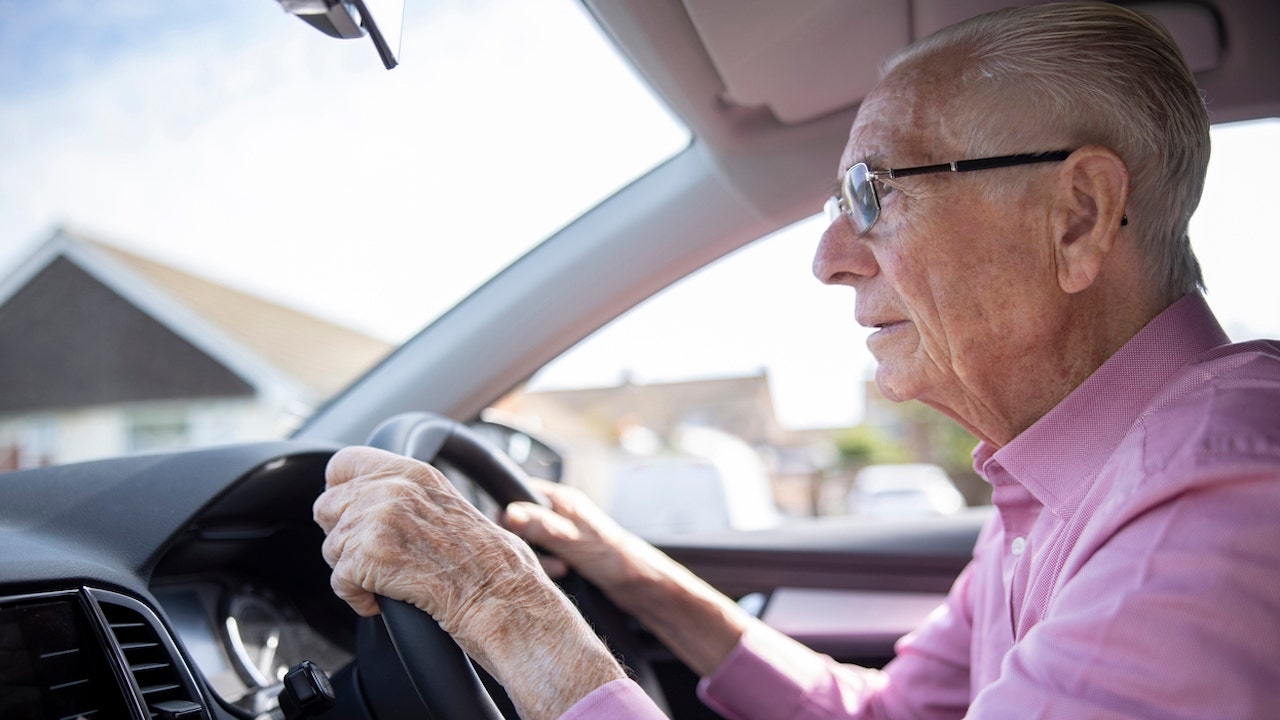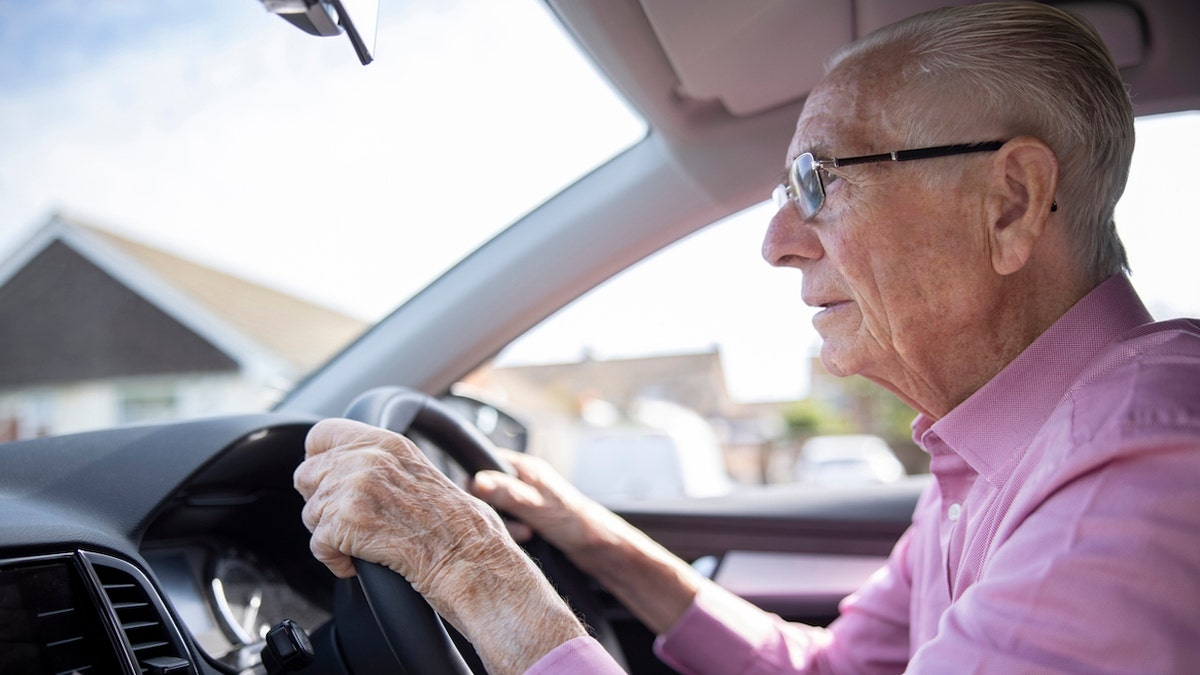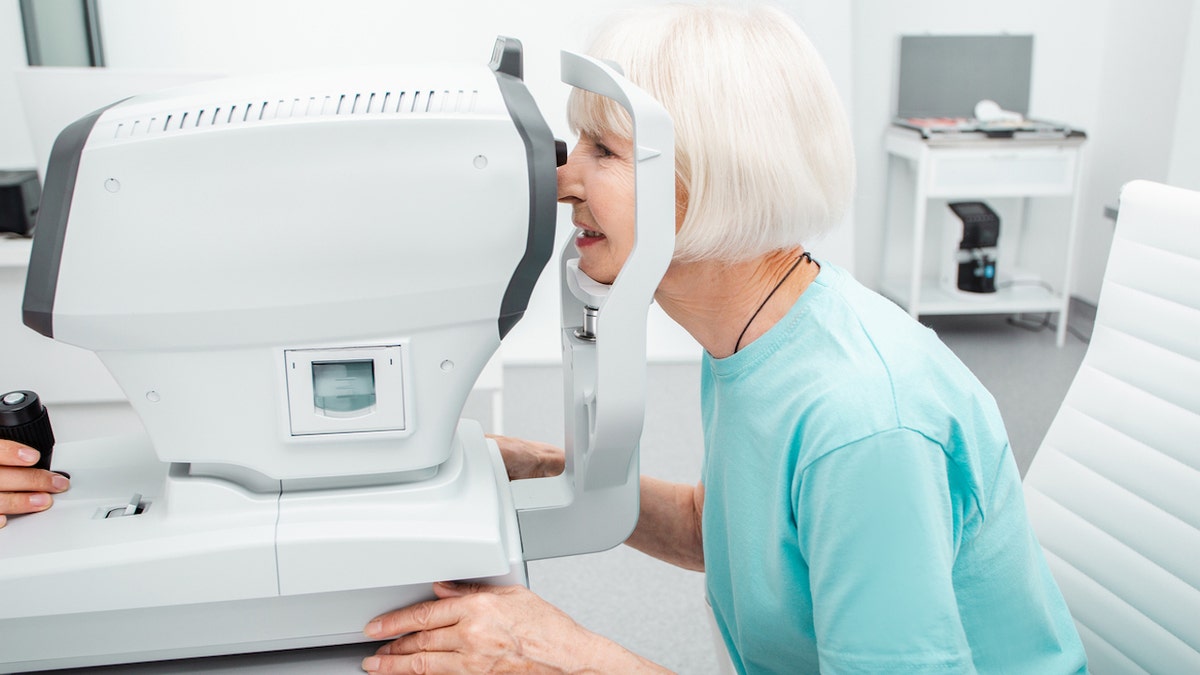
Young drivers must be a certain age to get a license — but it is less clear when older adults should hang up the keys.
Between 2020 and 2021, the number of motor vehicle deaths involving adults 65 and older rose by 15%, exceeding 8,200 fatalities, according to data from the National Safety Council.
Fox News Digital spoke to Tina Paff, president of Bick’s Driving School of Western Hills in Ohio, about how to ensure the safety of aging drivers — and how family members can recognize the potential warning signs.
Red flags for senior driving
Paff heads up the Bick’s Driver Rehabilitation Program, which evaluates older adults’ driving skills to determine whether to recommend they “retire” from operating vehicles.
MOST SENIORS IN AMERICA CAN’T AFFORD NURSING HOMES OR ASSISTED LIVING, STUDY FINDS
For family members and loved ones who are concerned about the risks of older adults driving, Paff identified several warning signs.

Fox News Digital spoke with an expert about how to ensure safety on the road for aging drivers — and how family members can recognize the potential warning signs. (iStock)
Physical damage to vehicles. A key red flag is if the driver starts to get into minor accidents, which could indicate negligence behind the wheel.
“It might not be their fault, but it also could be because of the way they were performing on the road,” Paff said.
INTERNET USE BY SENIORS ON REGULAR BASIS COULD SLASH THEIR DEMENTIA RISK, STUDY SUGGESTS
She recommended inspecting the outside of the senior’s car for signs of damage, such as dents and scratches on the bumpers.
Another telltale sign is damage to the mirrors; this could indicate that the driver is tapping mailboxes or hitting curbs.
Effects of medication. It’s important for family members to understand the potential effects of any medications the driver is taking, Paff noted.

“Sometimes an older adult is going to feel like their driving is safer because they’ve slowed down, but it’s actually causing more problems,” the expert noted. (iStock)
“Starting a new medication or changing dosages can potentially change some of a person’s habits, including driving,” she said.
Slower driving. As adults age, they tend to start slowing down on the road, the expert said.
“Sometimes an older adult is going to feel like their driving is safer because they’ve slowed down, but it’s actually causing more problems,” she noted.
Vision changes. As older adults’ vision becomes challenged, it’s essential that they see an eye doctor to get evaluated for glasses or corrective procedures, said Paff.
81-YEAR-OLD FITNESS TRAINER OFFERS SMART WORKOUT TIPS FOR SENIORS: ‘IT’S GREAT TO BE FIT’
“In cases of macular degeneration, they could start having some blind spots in their vision and not see a car or a person,” she warned.
Mild cognitive impairment. The Driver Rehabilitation Program often works with physicians to determine recommendations for older drivers’ abilities.
“‘Mild cognitive impairment’ is a very generalized term that we hear a lot from doctors,” Paff said.
If an older adult is starting to experience early signs of dementia or Alzheimer’s, it can show in their driving skills.

A key red flag is if the driver starts to get into minor accidents, which could indicate negligence behind the wheel. (iStock)
“One of the biggest signs that we see with cognitive impairment is what we call processing speed,” Paff said.
“Even though the adult will know how to make a left turn in traffic and yield, they may be delayed in doing it.”
Additionally, if an older adult starts shuffling or walking extremely slowly, the family might chalk it up to a regular effect of aging, Paff said — but that could also delay their reaction time when driving.
Evaluations and modifications
When it comes to determining whether a senior should continue driving, it’s not always a clear-cut “yes or no” decision.
In many cases, Paff said, families or doctors’ offices will contact Bick’s to request a safety evaluation for a senior driver.
ONE IN SIX TEENS ADMITS TO DROWSY DRIVING, SURVEY FINDS: IT’S ‘IMPAIRED DRIVING, UNEQUIVOCALLY’
Adult children often say they aren’t comfortable riding in the car with an aging parent.
“If you’re scared, then something is wrong,” Paff said. “And that’s where we come in with the evaluation, because the kids don’t want to be ‘the bad guy’ and take away a parent’s driver’s license.”
During a two-hour assessment, Bick’s gauges the driver’s vision skills, physical skills and cognitive skills, then takes them on a driver’s test.
When it comes to determining whether a senior should continue driving, it’s not always a clear-cut “yes or no” decision.
Sometimes modifications can be put into place to ensure a safer driving experience.
“There are often things we can do to help them continue driving that a son or daughter wouldn’t think of,” Paff said.
As people get older and experience spinal changes, for example, they might not be able to turn their necks as fully as they once could.

As older adults’ vision becomes challenged, it’s essential that they see an eye doctor to get evaluated for glasses or corrective procedures, said Paff. (iStock)
“We might recommend different styles of mirrors that can be applied to the car that show all the blind spots for people with limited mobility,” Paff said.
There may also be an opportunity to modify seating to meet older drivers’ needs.
There are currently no U.S. states that require seniors to give up their licenses due to their age.
Even when driving the same car they’ve operated for years, they may not be able to see properly due to shrinkage, Paff noted.
“In that case, it may just be a matter of using seat cushions,” she said.
CLICK HERE TO SIGN UP FOR OUR HEALTH NEWSLETTER
There are scenarios where the evaluators determine the driver isn’t fit to drive.
“We don’t have the power to take away a driver’s license, nor does the Department of Motor Vehicles,” Paff said.
“In those cases, we notify the driver’s physician of the recommendation to put it into the medical record.”
CLICK HERE TO GET THE FOX NEWS APP
Although driving laws vary across the country, there are currently no U.S. states that require seniors to give up their licenses due to their age, according to Progressive’s website.
Some states, however, require seniors of certain ages to complete written tests, driving tests and/or vision assessments upon renewing their licenses.
For more Health articles, visit www.foxnews.com/health.







